The archaeological contexts of ropes offer little information about possible uses, as the activities they are used for are often archaeologically invisible. However, some rock-art traditions shed some light on potential uses, worth exploring. In Spain, Levantine rock art offers the best graphic examples across Europe showing various uses of ropes, including climbing.
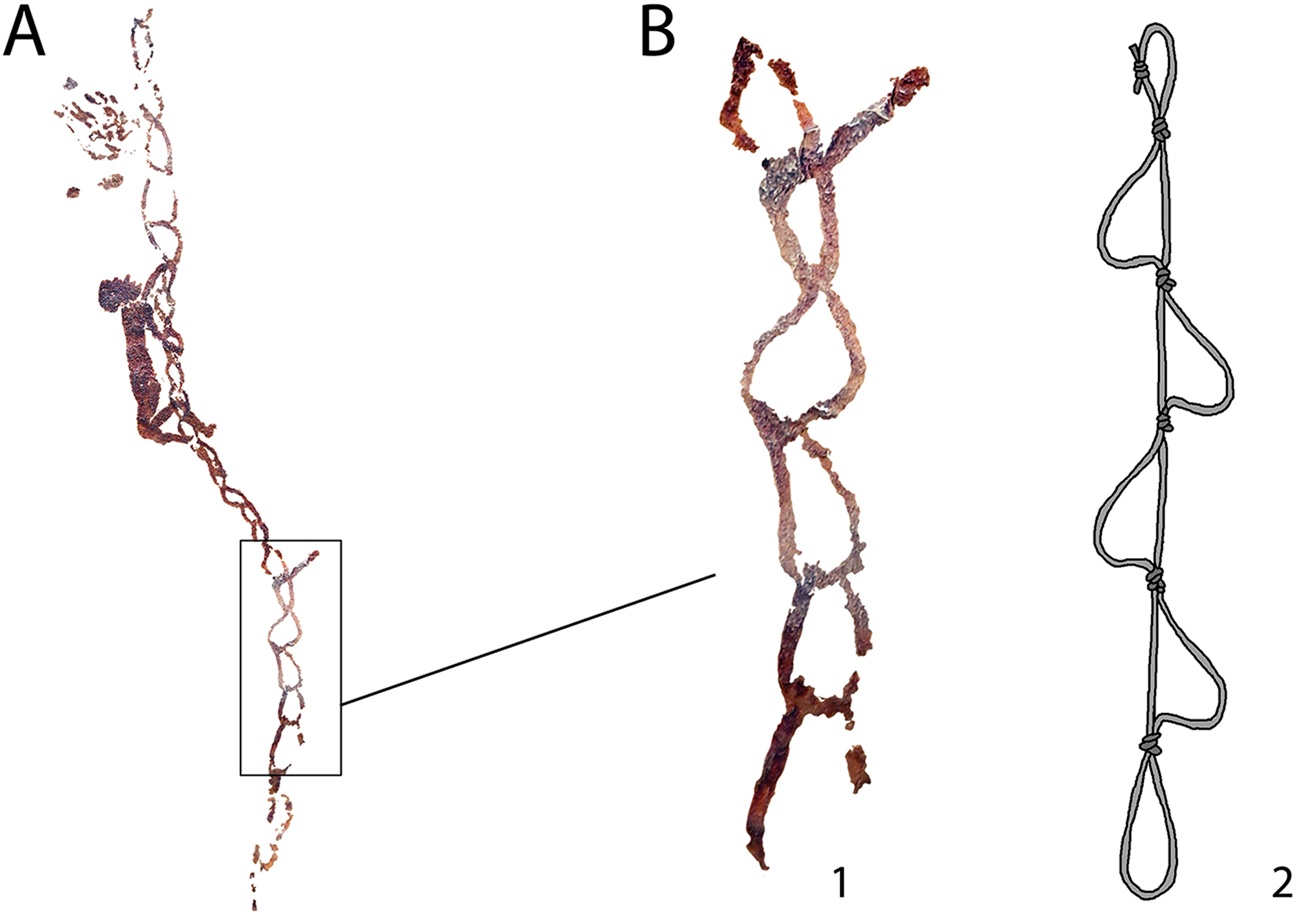
A recently discovered depiction at Teruel's Barranco Gómez site exhibits some intricate use of ropes in Spanish Levantine art. A study aims to examine these depictions to understand the various uses and advancements related to rope-based activities.
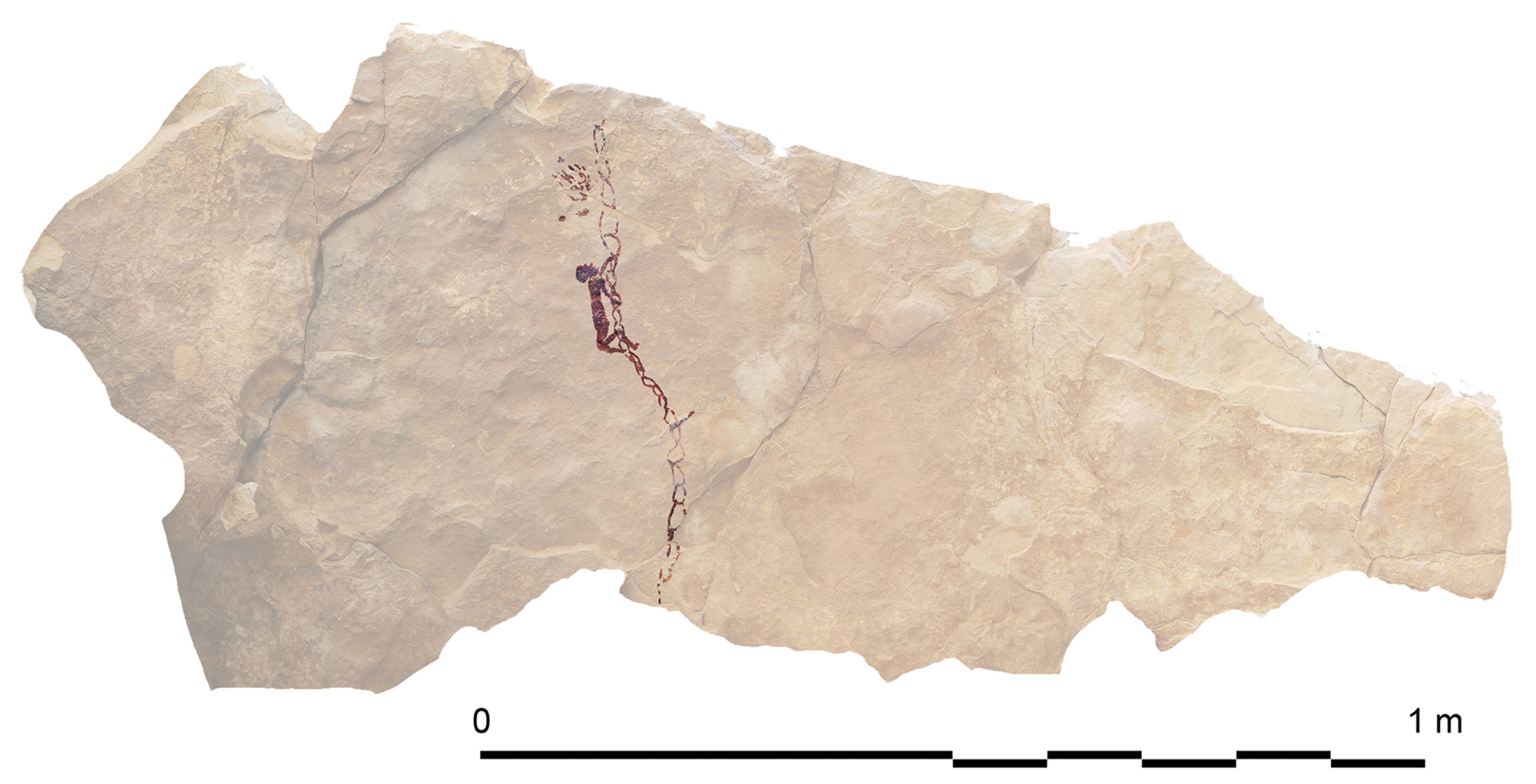 Climber in a honey-hunting scene in Barranco Gómez (after Bea et al. 2021).
Climber in a honey-hunting scene in Barranco Gómez (after Bea et al. 2021).
Existing portrayals in Albacete, Castelló, Huesca, Teruel, and Valencia do not reveal the exact processes employed for rope production. Nevertheless, the depictions of the ropes demonstrate that the Spanish Levantine communities were technologically capable of producing high-quality ropes that were specifically designed for climbing activities.
The examination of the depictions identified collecting honey as one of the activities where quality ropes were used. The risk involved in climbing to risky heights using rope ladders indicates that honey and wax held significant importance for these societies.
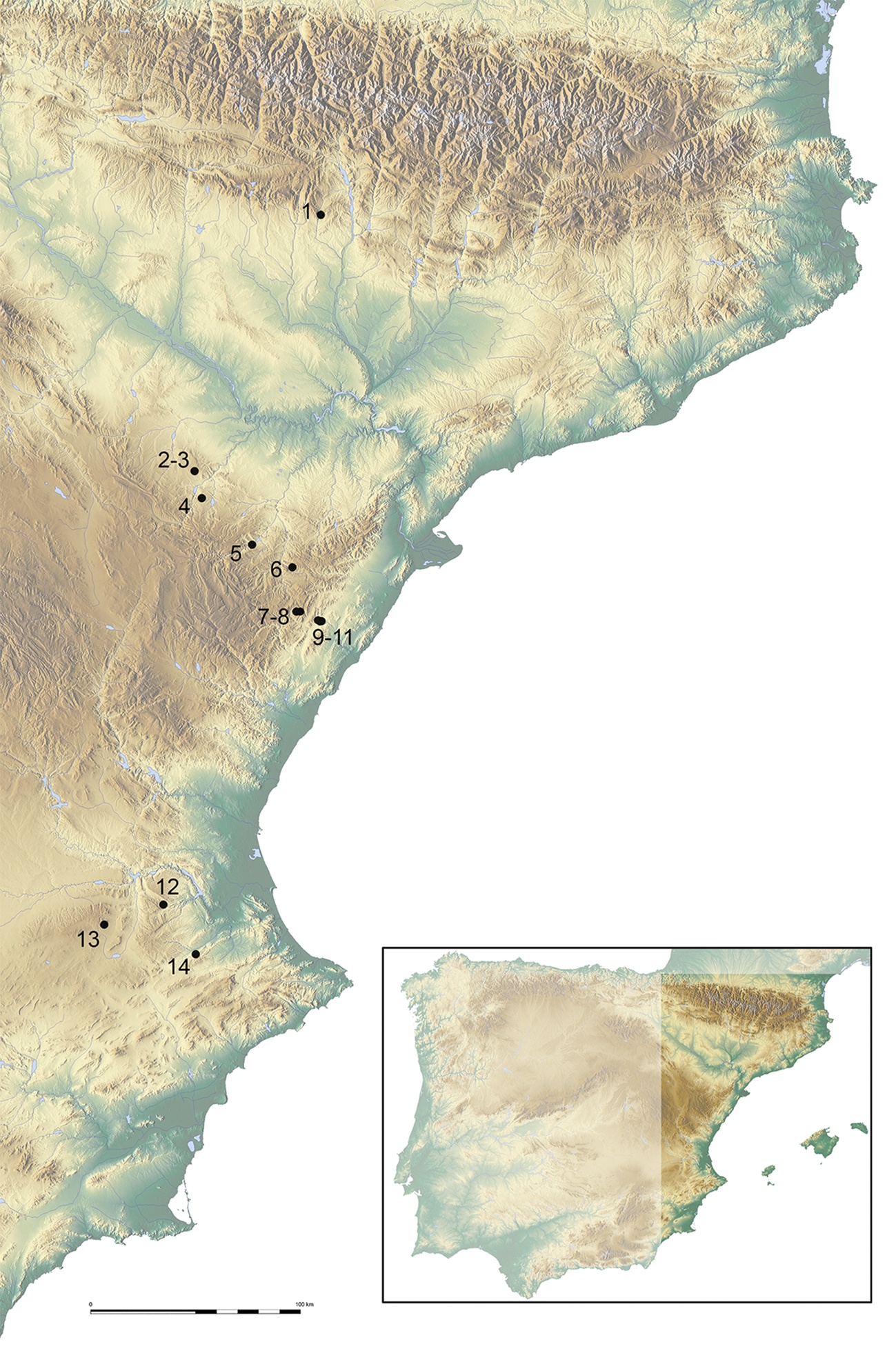
Figure 3. Distribution of climbing scenes in Levantine rock art. (1) Arpán; (2) Los Recolectores; (3) Los Trepadores; (4) Higuera de Estercuel; (5) Barranco Gómez; (6) Galería Alta; (7) Cingle de Mola Remígia; (8) Cova Remigía III–V; (9) Cingle de l'Ermitá; (10) Mas d'en Salvador; (11) Mas d'en Josep; (12) La Araña; (13) Cueva de la Vieja; (14) Abric de la Penya.
Bee-related products were among the most valuable goods in prehistoric times, as they had economic, technological and cultural uses.
Diverse Climbing Systems
The depictions portray various climbing systems, categorised into two groups by researchers: rigid ladders and flexible systems.
Although Spanish Levantine rock art is found across a wide area, the depictions of such climbing systems are usually concentrated in the Maestrazgo and the Caroig Massif. Therefore, researchers believe that these depictions might indicate certain territorial codes or have symbolic significance.

Figure 4. Rigid climbing systems (tree trunks, masts or branches). (1 & 2) Los Trepadores (after Beltrán Reference Beltrán2005); (3) La Higuera (after Baldellou Reference Baldellou2010); (4) Mas d'en Josep (after Domingo et al. 2003); (5) Covacho Ahumado (after Beltrán & Royo Reference Beltrán and Royo1997); (6) Los Recolectores (after Beltrán & Royo Reference Beltrán and Royo1997); (7) Remigia III (after LArcHer: A. Macarulla).
Although researchers have seen similar scenes and depictions before, there has never been comprehensive research on ropes and their accompanying technologies. Since materials and processes of rope-making involve perishable materials, it is challenging to trace the origins of rope over time.
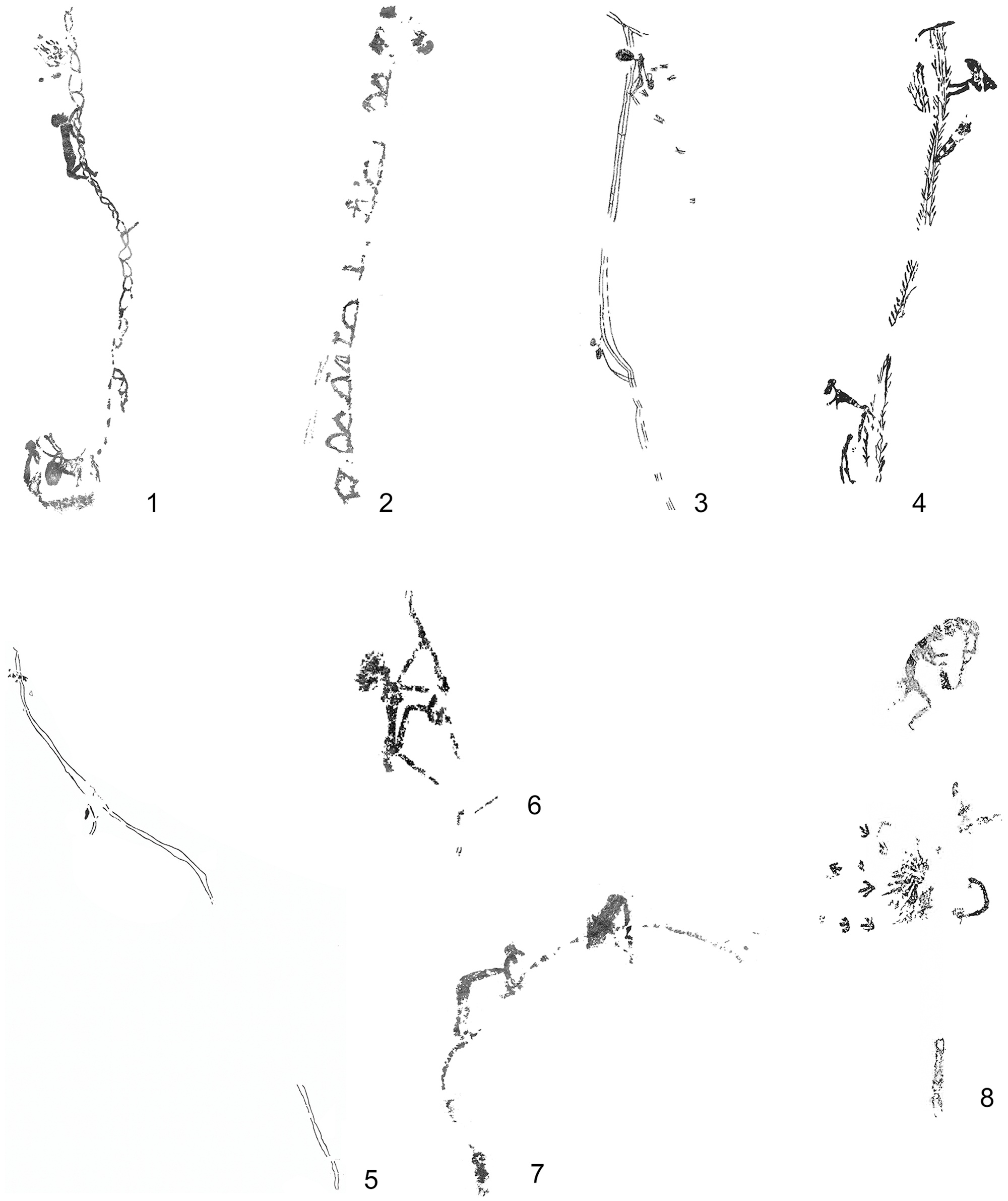
Figure 5. Flexible climbing systems. Stirrup ladders: (1) Barranco Gómez; (2) Cingle de l'Ermità (after LArchHer: I. Domingo). Ropes: (3) La Araña (Hernández-Pacheco Reference Hernández-Pacheco1924); (4) Los Trepadores (after Beltrán Reference Beltrán2005); (5) Abric V de la Penya (Ribera et al. 1995); (6) Cingle de la Mola Remígia (after Domingo Reference Domingo2005); (7) Cova Remígia V (after LArchHer: I. Domingo). Scales or ladders: (8) Arpán L (after Baldellou et al. 1993).
Nevertheless, the depictions at Barranco Gómez site might help researchers gather valuable evidence regarding the design, use, and manufacturing of prehistoric ropes.
Images Credit : Manuel Bea, Dídac Roman & Inés Domingo
Source: Cambridge University Press

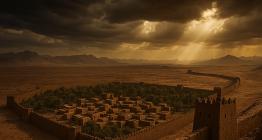


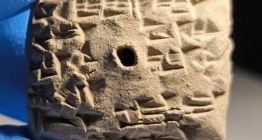

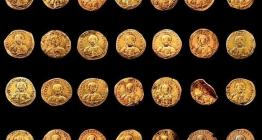

 Hoca Ahmed Yesevî'nin Dîvân-ı Hikmet adlı eserinin Afganistan Nüshası bulundu
Hoca Ahmed Yesevî'nin Dîvân-ı Hikmet adlı eserinin Afganistan Nüshası bulundu  İstanbul Arkeoloji Müzeleri'nin yazma eser koleksiyonu dijitalleştirildi
İstanbul Arkeoloji Müzeleri'nin yazma eser koleksiyonu dijitalleştirildi  Atlantik Okyanusu’nu aşan minik kahraman: Rondetto Rahmi M. Koç Müzesi’nde
Atlantik Okyanusu’nu aşan minik kahraman: Rondetto Rahmi M. Koç Müzesi’nde 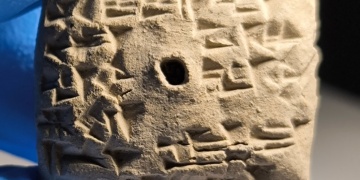 Kayalıpınar'da Kuş Kehanet Metni Bulundu
Kayalıpınar'da Kuş Kehanet Metni Bulundu 




